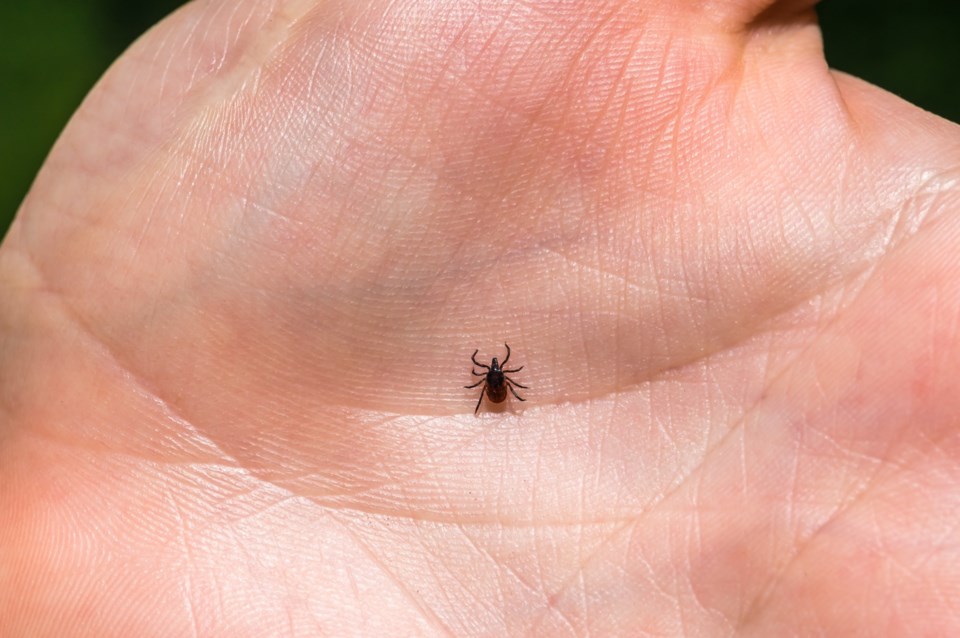Our local public health unit needs your help to get a better sense of tick and mosquito activity.
The Wellington-Dufferin-Guelph Public Health unit is launching an online tick submission process right before the summer tick season, which will allow residents to submit data to help the unit identify tick exposures.
According to a report going to the local board of health next Wednesday, the process will "broaden the reach of the passive tick surveillance program."
The hope is the mobile-friendly and digital process will improve accessibility for everyone.
"Residents will be able to take a photo of the tick on their mobile phone and send it directly to a certified public health inspector," said Phil Wong, the manager of environmental health, adding the typical response time will be about one business day.
"Digital submissions help us with data collection and analysis and will have a quicker turnaround time than previous in-person drop-off of specimens. We will still accept ticks in person at our three office locations, but residents will need to call in advance and to have an inspector meet them on site."
The volume of tick submissions over the last few years has prompted the health unit to go this route.
The number has gone up since 2017, which the health unit attributes to an increase in public awareness from education campaigns.
Just seven ticks were submitted through the health units passive surveillance program in 2012. From there, the number increased steadily to as high as 85 submissions in 2015. It skyrocketed in 2017, when 234 ticks were submitted and jumped even higher to 371 in 2019.
It's used as a tool by the health unit to determine community exposure to ticks, and potentially Lyme disease.
Wong said residents can protect themselves from ticks by using insect repellent, and to be "tick aware" by avoiding tall grass and staying on the centre of paths, covering up by wearing long-sleeved shirts and pants, wear light-coloured clothing to easily spot ticks, tuck your pants into your socks, do a full check of your body, as well as your children or pets, showering within two hours of being outdoors and put a tick collar on your pets.
You can also put your clothes into the dryer on high heat for at least an hour to kill any possible ticks.
